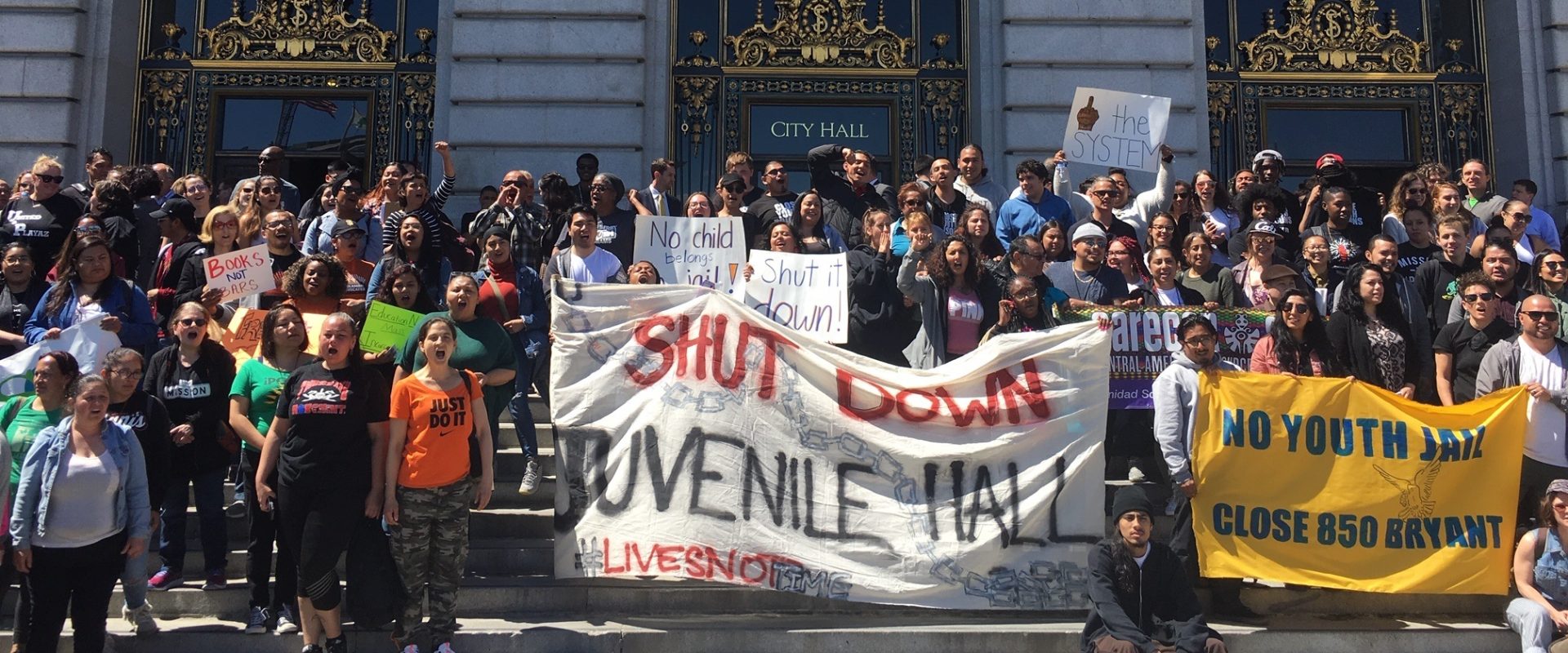A new report out from the Vera institute conducts a state-by-state analysis of ballooning corrections budgets, far greater than previously reported. Overall, states’ corrections budgets have quadrupled over the last 20 years while funding for education and preventative services has either stagnated or been cut dramatically. When additional corrections costs are considered such as retirement health care for employees, pensions, prisoner health care, and current employee benefits, taxpayers are…
Blog Jan 31, 2012
DJF culture shift absent as lawsuit continues
As of January 2012, three of California’s Division of Juvenile Facilities (DJF) remain, O.H. Close Youth Correctional Facility (OHCYCF), N.A. Chaderjian (NACYCF) in Stockton, CA and Ventura Youth Correctional Facility (VYCF) in Ventura, California. The Southern Reception Center closed down at the end of the 2011, transferring the remaining youth and 77 staff to VYCF, now the only DJF facility in southern California. Already plagued with abuses and strained past capacity, VYCF continues to…
Blog Jan 26, 2012
Momentum growing for juvenile realignment
Consensus is growing in the Capitol that California’s youth correctional facilities need to be closed, with funding and supervision responsibilities realigned to the counties. Building on Past Policy Recommendations: In 2008 the Little Hoover Commission recommended that the state’s Division of Juvenile Facilities (DJF) close its doors and for California to move towards a county-based juvenile system. In early 2011, the Legislative Analyst’s Office (LAO) concluded , “Less than 1…
Blog Jan 24, 2012
Wall Street is without a doubt a gang
A new report by two noted experts on corporate crime reinforces my contention in the previously posted four part series called “Is Wall Street a Gang?” The report is “White Collar Criminology and the Occupy Wall Street Movement” co-authored by Henry Pontell and William Black. It has just been published in the latest issue of The Criminologist , the newsletter of the American Society of Criminology. Pontell and Black argue that the frauds committed by some of the largest financial…
Blog Jan 20, 2012
AB 12: more placement options for juvenile courts
Gov. Brown’s proposal to phase-out DJF entirely starting with no new commitments as of January 1, 2013, has many California counties worried about what to do with their most high risk youth, especially the few counties whose juvenile facilities are nearing capacity. The perceived lack of alternatives has many counties’ prosecutors thinking their only option will be to directly transfer this population to adult court. However, there are in fact many local options for handling youth that would…
